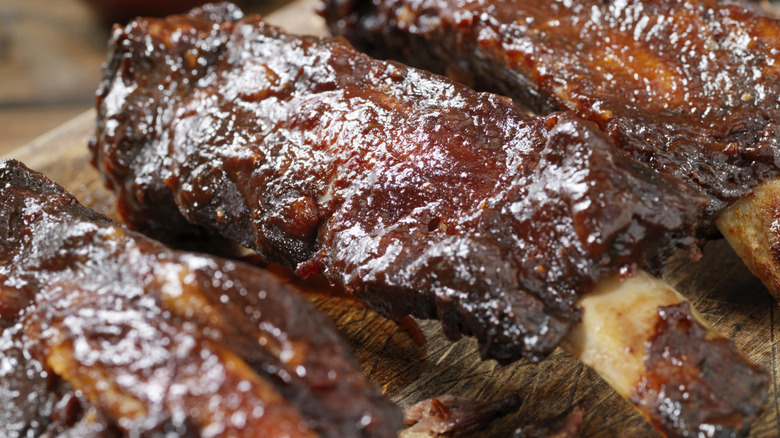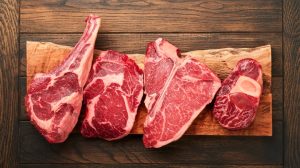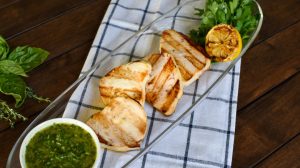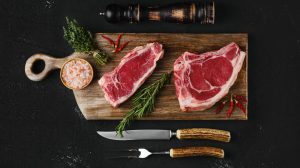If you tell a friend to come over because you’re barbecuing ribs, they are likely going to think you’re slow-cooking pork such as baby back ribs or spare ribs. But pigs aren’t the only animals with delectable ribs, and more and more folks are getting hip to what Texans have known for a while: Beef ribs are delicious and unique in flavor. Whether on the barbecue, braised, or slow-roasted in the oven, beef ribs — of which there are three main cuts — offer a distinct flavor departure from pork ribs and a much more meaty experience while still being rich and tender. The key to that last part — as is the case with pork ribs, too — is properly cooking them, and don’t think you can get away with treating them like pork ribs.
As chef Dennis Littley explains to Look, beef ribs are bigger and richer than more commonplace pork ribs. “Unlike pork ribs, which tend to be leaner and more tender, beef ribs have a higher fat content and larger bones,” Littley said, “resulting in a robust beef flavor and juicy, succulent meat when cooked properly.”
That size and fat content difference means that while beef ribs can be cooked using the same low-and-slow methods that work for pork ribs, the cooking time needs to be extended. This allows the heat time to fully penetrate the heat, break down the connective tissue, and render a bit of the fat.
Patience is key when it comes to smoking
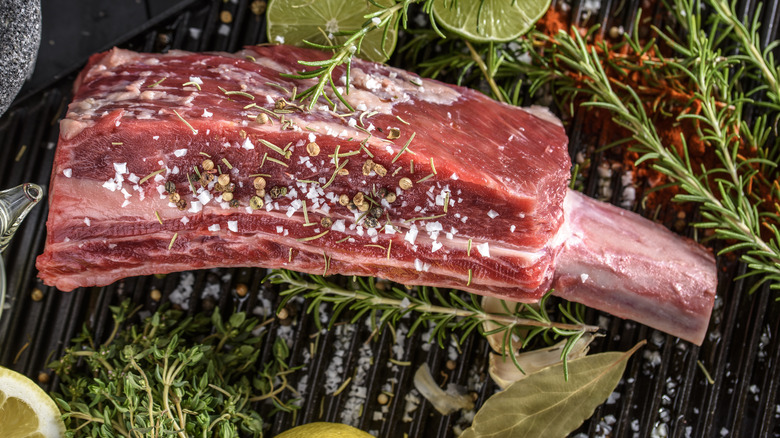
Pork ribs take no small amount of time to cook, with a hefty rack of spare ribs needing to be smoked for about four to five hours at a very low temperature between 225 and 250 degrees Fahrenheit. Beef rib racks — generally about two to three bones wide — need to spend between six and eight hours at 250 to 275 degrees Fahrenheit– do not overheat your smoker — to become perfectly tender. While this may seem like a huge investment in time, it is well worth it says Littley: “Rushing the cooking process can result in tough, chewy meat instead of the desired fall-off-the-bone texture.”
If you have a rock of beef ribs but are short on time, there is a workaround that can get them on the plate faster without sacrificing the important tender texture. Because they are so much larger than pork ribs, beef ribs can be separated and smoked individually. This allows the heat to surround each rib and penetrate the meat quickly. It is also a great way to add more flavor inside and out as the seasoning you use will have more surface area to soak into. To cook the ribs as individual bones, keep the temperature at around 225 to 250 degrees, but cut the time down to around five hours and use a probe thermometer to check for an internal temperature of around 205 degrees.



